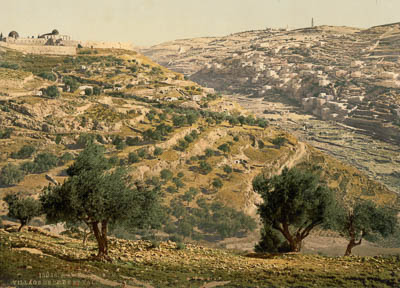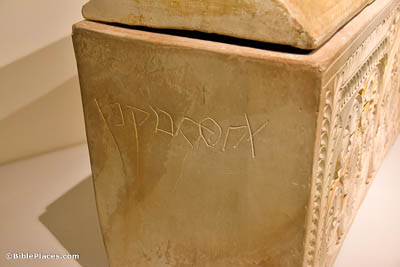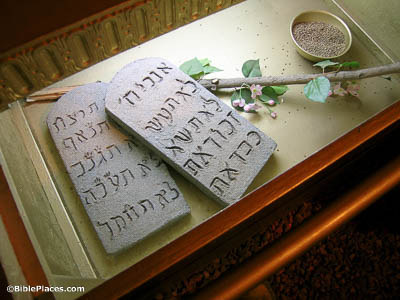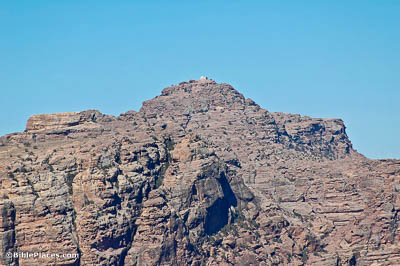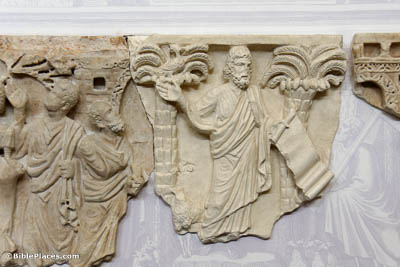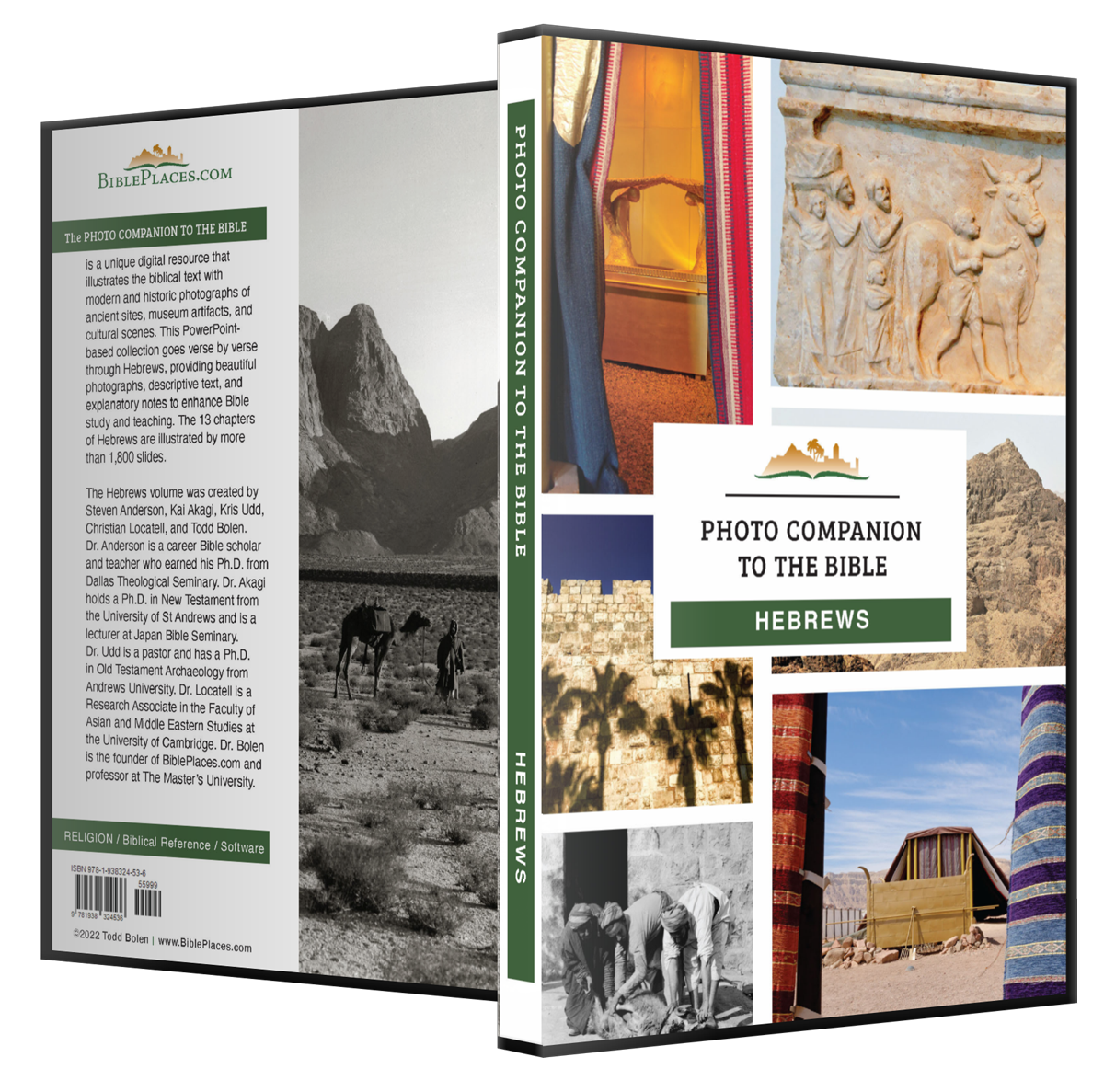For this Melchizedek, king of Salem, priest of God Most High… (Hebrews 7:1)
Salem is identified with Jerusalem in Psalm 76:2, and this identification is implied in Joshua 10:1, which records a name similar to “Melchizedek” for the king of Jerusalem. Melchizedek reigned over a city on the location that later became known as the City of David. This photochrom image was taken in the 1890s. The Dome of the Rock and the Al-Aqsa Mosque are visible in the upper left corner of the image. The slope that descends from them toward the center of the photo is the location of the ancient city of Salem.
